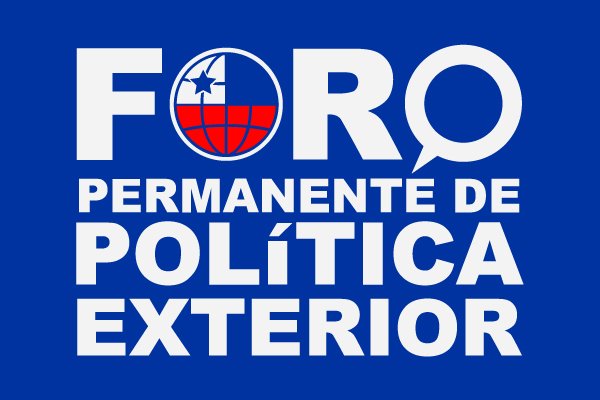Last week, as concerns about EU access to Covid-19 vaccine supply continued to escalate, the European Commission hastily U-turned on an ill-judged decision to impose export controls on vaccines to Northern Ireland. But Brussels did stick to its demand for the pharmaceutical giant AstraZeneca to divert delivery of some of its vaccines manufactured in Wales to help make up a shortfall because of lower than expected production in the EU. AstraZeneca has now agreed to supply 9 million more doses of its vaccine to Europe by the end of March, a figure which still amounts to just 50 per cent of its original commitment of 80 million doses in the first quarter.
With Pfizer, AstraZeneca and most recently Moderna all reporting delays to Europe’s supply, the EU’s hopes increasingly rest on the vaccine produced by Johnson & Johnson, which reported clinical trial results of 66 per cent efficacy last week (and 100 per cent against hospitalisation and death).
The J&J jab holds several advantages for the EU. First, it can be used as a single jab, compared to the double-injection regimen of most other coronavirus vaccines. One injection per person would simplify the considerable logistical challenge of rolling out the vaccine. Second, the 200 million doses of the J&J vaccine the EU has ordered will be manufactured in Spain, protecting them from export controls if the global scrabble for jabs becomes more vicious.
If approved, the jabs will only be delivered from April, according to J&J. This makes the EU’s target of vaccinating 70 per cent of the adult population in every member state by the summer look remote, even as the UK speeds ahead. (The UK has administered 13.05 doses per 100 people, compared to the EU’s 2.69.) But Brussels still has a strong argument in favour of its vaccine procurement strategy, which it should be making more of: without the EU’s joint scheme, what is playing out between the UK and EU would be likely to be playing out between the 27 member states. Going at it alone “would have been a complete disaster”, as one MEP from a small country tells me.
Even once Europe sorts out its supply woes, however, it has a further problem to deal with. Unlike Britain, the EU cannot really afford to focus on vaccinating its population and worry about the rest of the world later. A look at its external boundaries reveals the crux of the problem: porous borders to the west and north with rich countries (the UK, Switzerland, Norway) and to the east and south with poorer ones (Ukraine, North Macedonia, Morocco).
The poor countries on Europe’s periphery are likely to be waiting months longer than the EU for vaccines. That raises two problems. The first is immediate: will it be possible for the EU to maintain the integrity of its own internal free-movement zone while the countries bordering it are still far from fully immunised?
The EU may have no option but to toughen up its external borders significantly in the likely event that it manages to vaccinate its population in advance of its close neighbours. Quite how effective that would be given Europe’s extensive land borders and relatively weak enforcement powers is another question. (There is also some ideological opposition to closing the external frontiers of the EU, a project born after all of a wish to open up Europe.)
The second, longer-term problem is that the more the virus continues to spread in poorer countries, the more likely it is that a vaccine-resistant strain will emerge and threaten to undo the progress made by rich countries so far, as the New Statesman’s political editor Stephen Bush wrote last week, citing sub-Saharan Africa as a particular worry. For Europe, countries on its doorstep such as Ukraine are arguably more of a concern. The possibility, then, of a new strain being transmitted to the EU from its periphery does not appear so remote.
It is a possibility that Brussels, scarred by the scathing criticism of its bumbling vaccine roll-out, can scarcely afford.
Contenido publicado en Newstatesman





